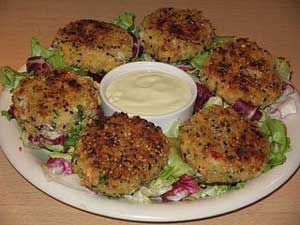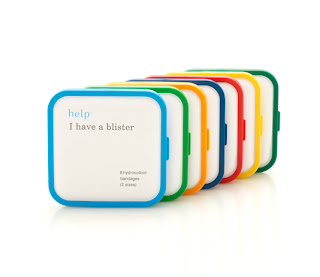I am going to step in the big pile this morning and address a threat among athletes and those who wish to be considered in that category. I am sure there is a medical term, but I prefer to call it Hard Head Syndrome.
The tragedy is that it is much like addiction, being in a state of denial, regardless of countless DUI's, unexplained bruising, bragging rights to high functioning after what others would be considered lethal doses of alcohol, and countless pictures with a beer in hand Christmas
morning.
It can be a house of mirrors for people who are addicted to their training, to the discounting of all other indicators that it is no longer training, it is killing, physically and emotionally. Cloaking entries and exits of insanity with excuses and pshaws at their friends and family. "They don't get it", "They don't have discipline in
their lives, what do they know!", "It's none of their business", "They're just jealous!"
Perhaps, perhaps.
This is the farthest end of the spectrum from the couch potato. But both have significant emotional commitments and beliefs. By the time it stops being fun, or funny, it is usually teetering on too late. Damage is done and what is left is the same emotional commitment and belief, but now with no outlet.
Some signs of overtraining are exhaustion that does not diminish, losing a period, repeated injury directly related to the exercise (not having a dumbbell dropped on you or tripping on a rock, unless you have been drinking, then you have more than one problem, ok?), rapid mood swings, persistent irritability (should be present with other signs as this could be hormonal!), no longer finding joy in the activity and repeated sleep disturbances. (Other signs are your friends stop taking your calls, no one wants to partner with you anymore, when you talk about your injuries or training schedule people physically wince...)
A handy little tool for those who are more self aware is a self quiz by Runner's World. Take once a day during hard training, once a week otherwise. 40+ means rest more, 15 or less suggests a balance. If you see a sudden spike in your score, take a break. Middle of the road scores should just be monitored. For the Hard Head, maybe someone else should take the test for you, just sayin'...
1) How is your mood today?
Very, very good (-2 points)
Very good (-1 point)
Good (0 points)
Average (1 point)
Bad (3 points)
Very bad (5 points)
Very, very bad (7 points)
2) How many hours did you sleep last night?
More than nine (-1 point)
Eight or nine (0 points)
Seven (1 point)
Five to six (3 points)
Less than five (5 points)
3) Last night I slept:
Same as normal (0 points)
One hour more than normal (1 point)
Two or more hours more than normal (3 points)
One hour less than normal (1 point)
Two hours less than normal (3 points)
Three or more hours less than normal (5 points)
4) Have you been sick the past week?
Yes (5 points)
No (0 points)
5) How would you rate yesterday's workout?
Very, very easy (-3 points)
Very easy (-1 point)
Easy (0 points)
Average (1 point)
Hard (3 points)
Very hard (5 points)
Very, very hard (7 points)
6) How do your muscles feel?
Very, very good (-3 points)
Very good (-1 point)
Good (0 points)
Tender, but not sore (1 point)
Sore (3 points)
Very sore (5 points)
Very, very sore (7 points)
7) Do your legs feel "heavy"?
No (0 points)
A little (1 point)
Somewhat (3 points)
Very (7 points)














